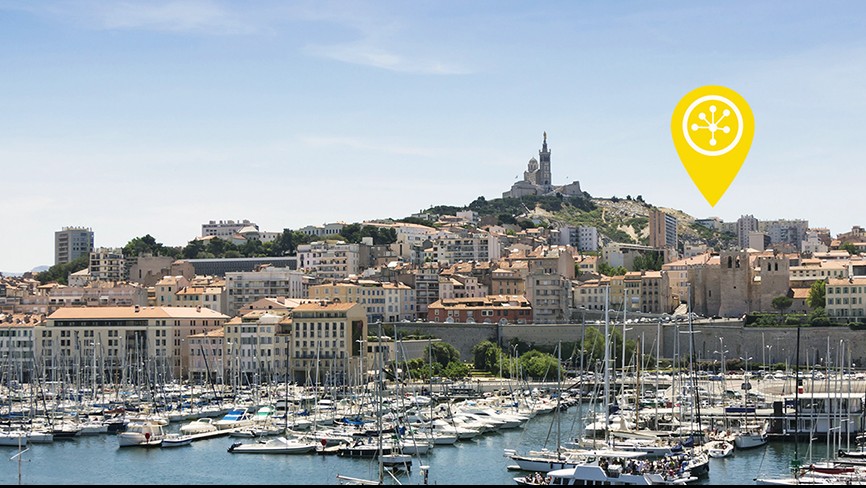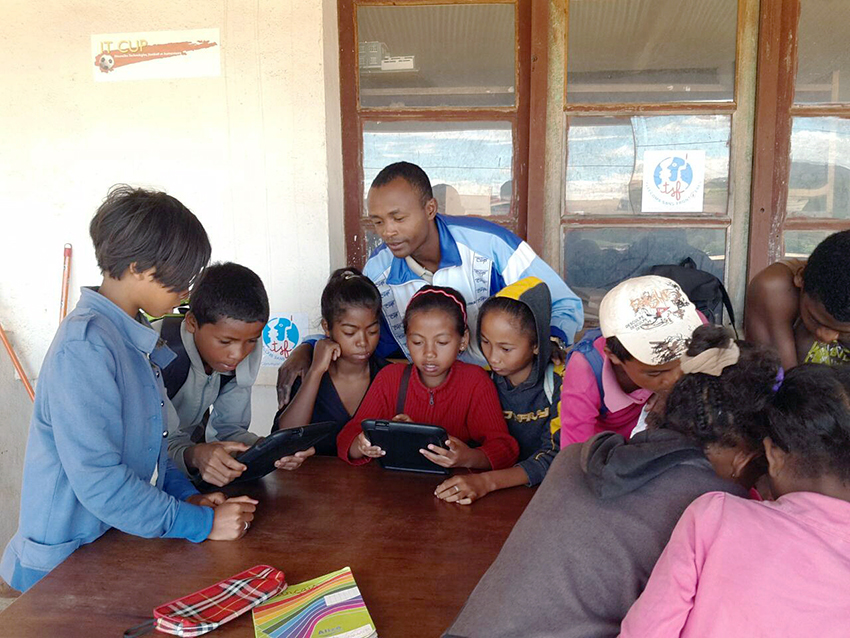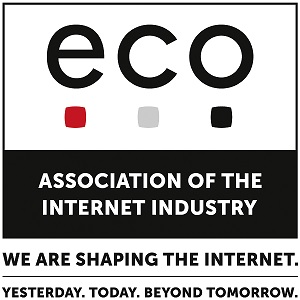Some Examples of How ICT Can Help Us Solve Our Global Issues
The United Nations has defined 17 “Sustainable Development Goals”, SDGs. They range from ending poverty to solving our energy issues to ensuring that education is available for all. Technology can help us reach some of these goals. Here is how.

© BsWei | istockphoto.com
“The impact and implications of the digital revolution are becoming more evident with each passing hour,” says United Nations Secretary-General António Guterres in a report that describes ICT as “critical to fast-forward achievement” of SDGs.
What are the 17 Sustainable Development Goals?
The 17 SDGs fall under three categories:
1) Poverty, hunger and food security, health, education, gender equality and women’s empowerment, water and sanitation;
2) Energy, economic growth, infrastructure, industrialization, inequality, cities, sustainable consumption and production;
3) Climate change, oceans, biodiversity, forests, desertification, peace, justice, partnerships
Guterres welcomes the increasing use of ICTs “to maximize their impact and help communities and people in need”, a practice known as Information and Communication Technology for Development, or ICT4D.
Before ICTs can do anything, there must be a power button to turn them on. For many people, this is still an issue. As of 30 June 2017, roughly 3.9 billion people were online, and about 3.7 billion weren’t.
This means the first challenge ICT4D faces is making the Internet and its services available.
“Affordable Internet access is a huge issue for developing countries,” says
Michael Rotert, Honorary President of eco – Association of the Internet Industry. Rotert works in groups such as the Internet Governance Forum (IGF), which focuses on developing policy options that would create enabling environments to help get the next billion Internet users online.
“While access may be technically available due to often very good mobile coverage, mobile Internet access is usually substantially more expensive,” Rotert says.
Key to affordable prices are choice and competition. To enable competition, an infrastructure with easy access to as many market participants as possible is the premise. This is where Internet exchanges come in. Internet exchanges have become the perfect environment for markets to evolve, which may sound surprising, if you think about what an Internet exchange is. Although it does take modern IT and the skills to handle it, an Internet exchange is simply a location where data is handed over from one party to another. It is where cables meet.
Wherever an IX grows, so too does an ecosystem of services
But Internet exchanges are also the nodes in the World Wide Web, and wherever one of these nodes grows, so too does an ecosystem of services that live off data.
One of the immediate results of connecting at Internet exchanges is that carriers and ISPs can significantly increase their quality of service in terms of latency, reliability, and throughput. They can reduce their cost, as the most successful way to handle each others’ data traffic is to treat each other like peers. A handles B’s traffic the same way B handles A’s traffic, regardless of A’s or B’s size, and usually free of charge. They must reach an agreement that is beneficial to A and B and, as a result, to A’s and B’s customers – the prerequisite for affordable prices.
Experience shows that once the first layer of the Internet – network, infrastructure, and operations – is established, other layers that enable services, transactions and thus, business, usually follow. Successful recent examples are Mumbai and Angola. Mumbai-IX powered by DE-CIX is an Internet Exchange in India, a market driven by mobile networks and users. Likewise, a partnership between DE-CIX and Angola Cables is set to grow the digital economy in Africa. Both locations benefit from technology and skills applied at the world’s largest Internet exchange, DE-CIX Frankfurt.
Two successful showcases: AICOS and Antura
ICT4D is happening and it’s happening now. Among those dedicated to ICT4D is the Fraunhofer Research Center for Assistive Information and Communication Solutions, AICOS. Angola is one of their main partners, and projects are very mobile focused. Two of AICOS’ key principles are:
- A different legislative, cultural, social and physical environment leads to different requirements for mobile ICT solutions. Most mobile ICT solutions in Europe aren’t conceived and designed with this in mind and thus do not meet the end users demands;
- Africa itself is pioneering its own world-class mobile software solutions ranging from mobile money to mobile health.
AICOS was recently granted continued funding and has new projects in the pipeline, covering, among others, smart agriculture, renewable energy, and sustainably energy.
Another practical example is “Antura and the Letters”. This project shows how all the cultural, technological and economic issues not only can be overcome, but can also address a very basic need and be entertaining at the same time. Antura and the Letters is an app that teaches kids unable to attend school to read Arabic. The game can be played on computers or smartphones and turns the “literacy curriculum into a fun journey in which kids progress at their own pace, one step at a time.”
“Antura and the Letters” is not only an example of how a useful ICT4D solution works; it is also a showcase for putting the very ideas to work that ICT4D can help promote. The game is the result of joint efforts of three entities, Cologne Game Lab (Germany), which is part of the Cologne University of Applied Sciences, Wixel Studios, an independent gaming company from Lebanon, and Video Games Without Borders, a non-profit organization. As the creators put it: “Our team is located all over the world and mainly comprises Middle Eastern and North African residents and refugees. It is a mix of scientists, entertainment game veterans and humanitarians.”





